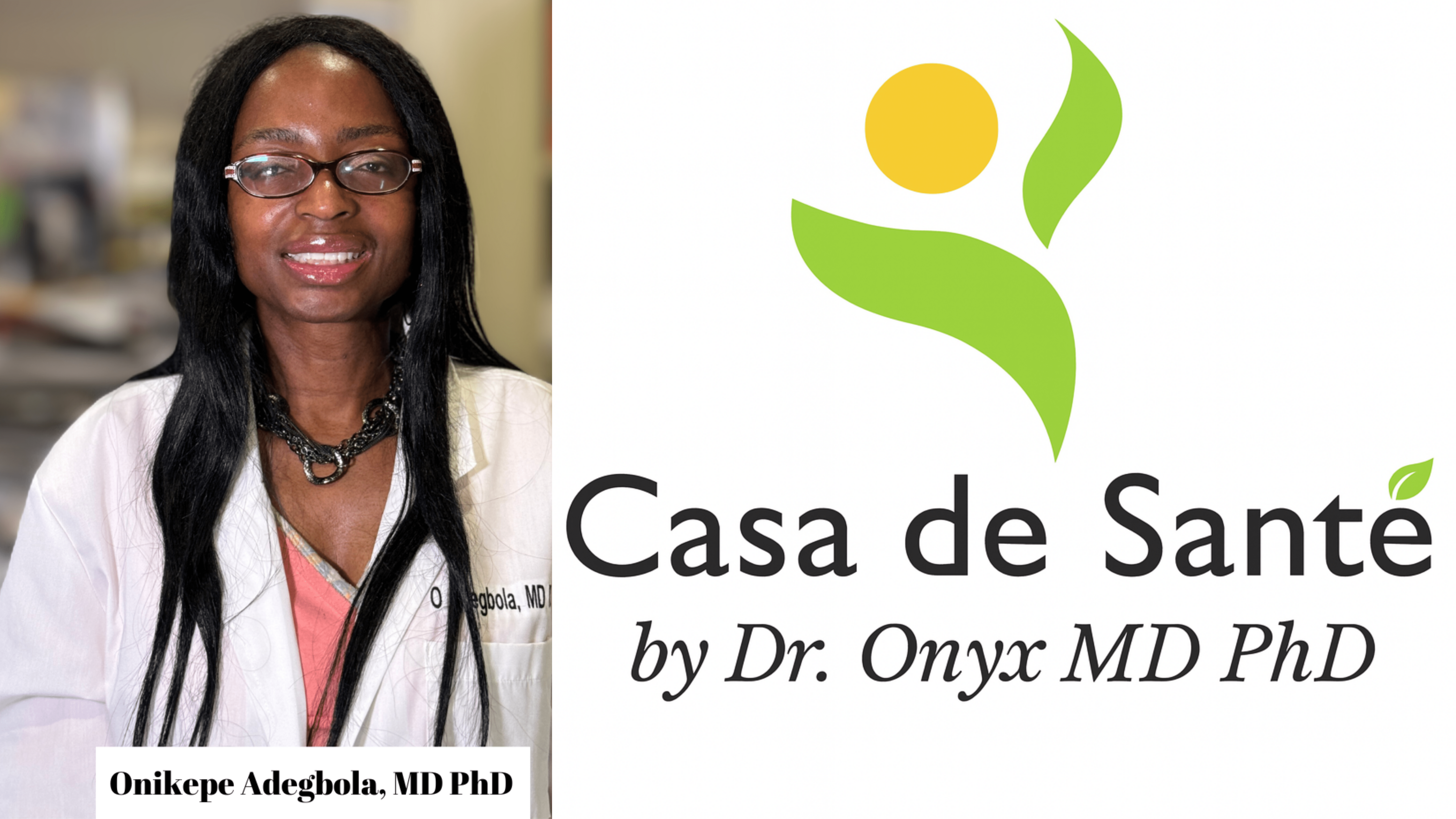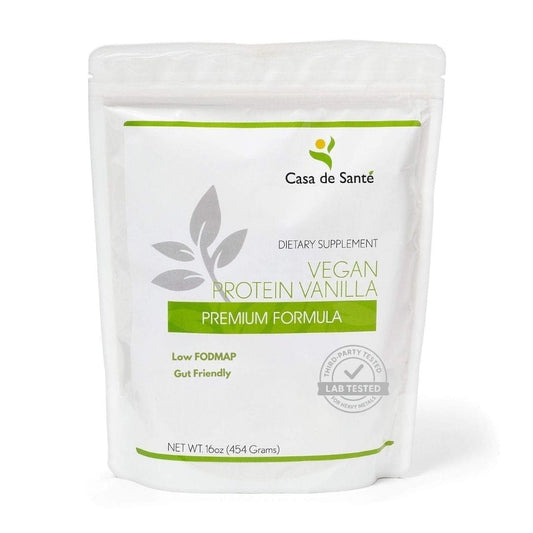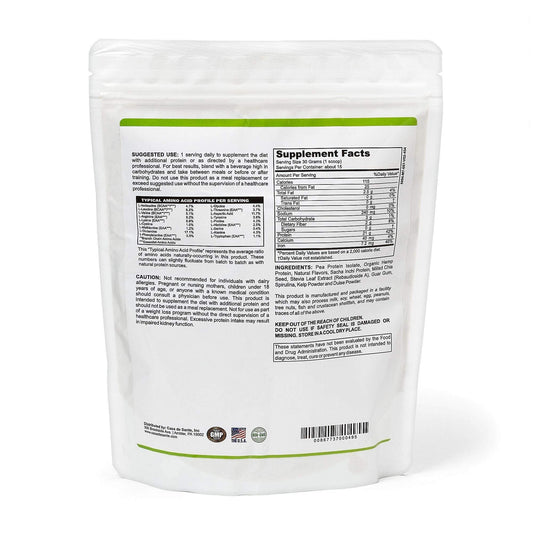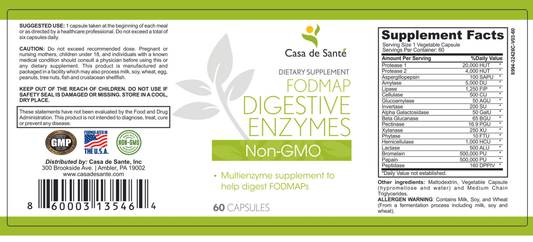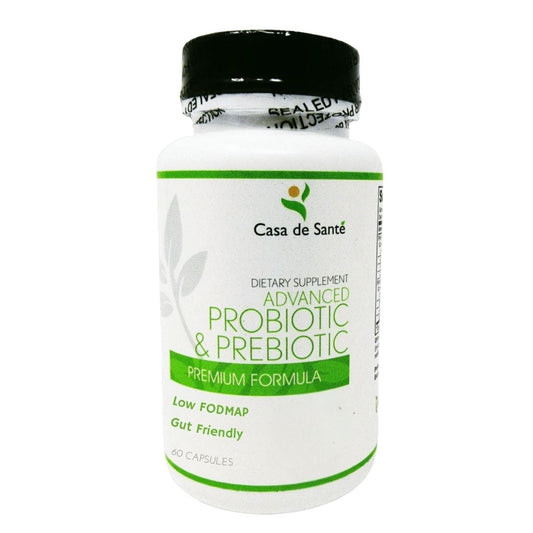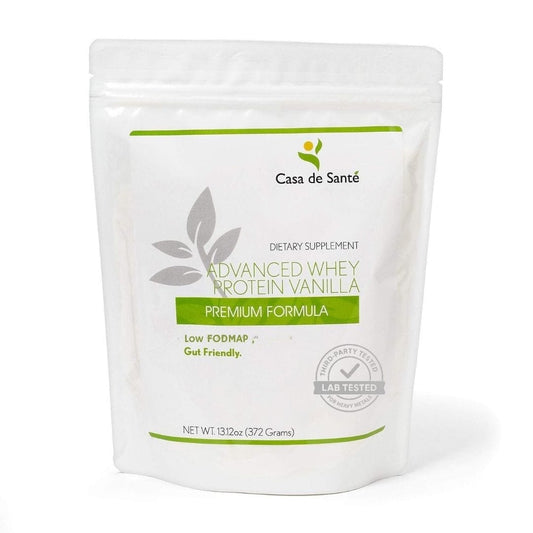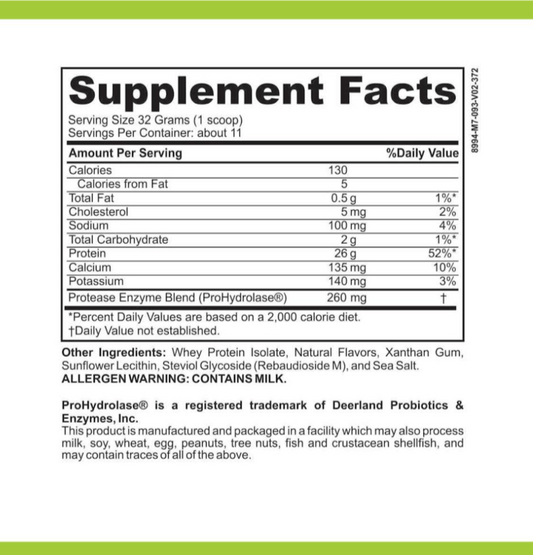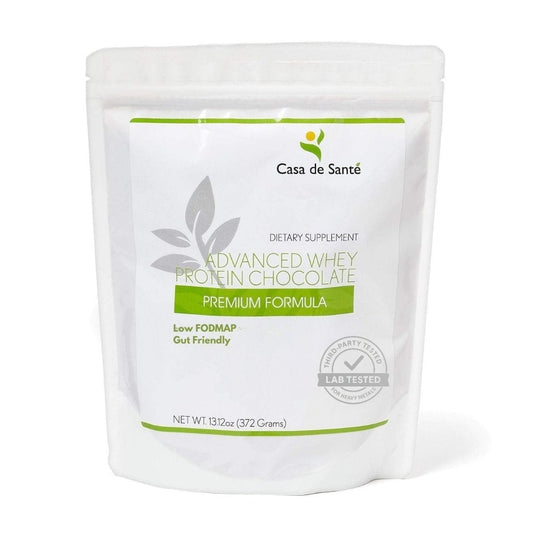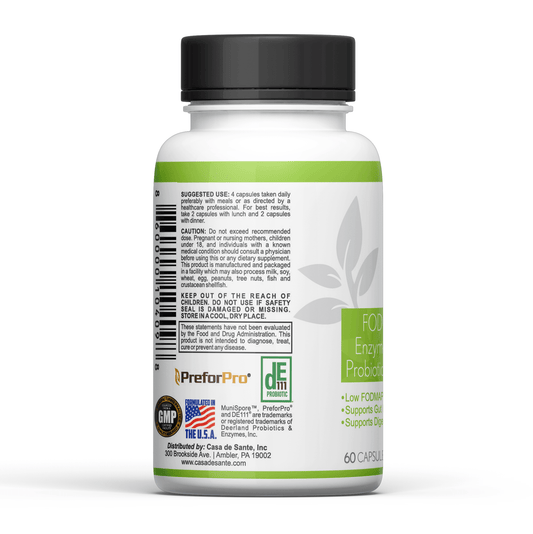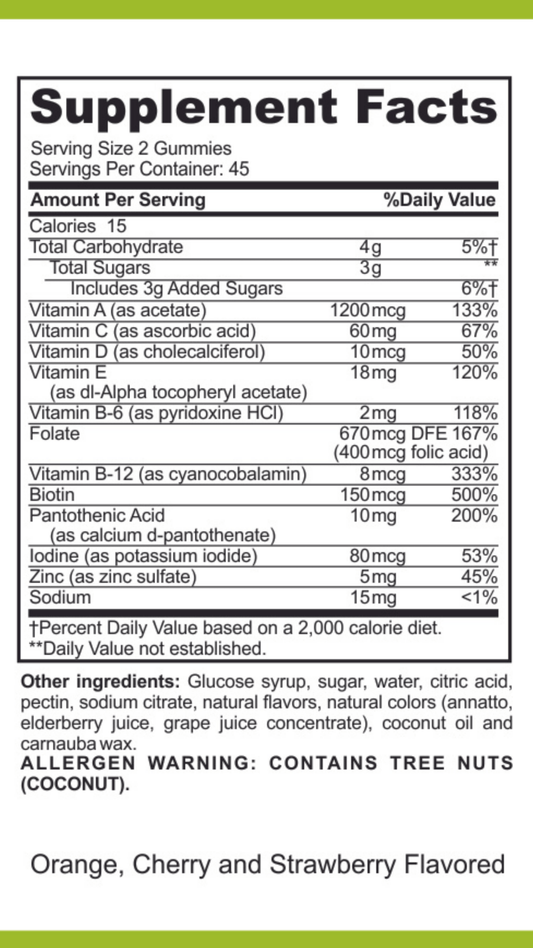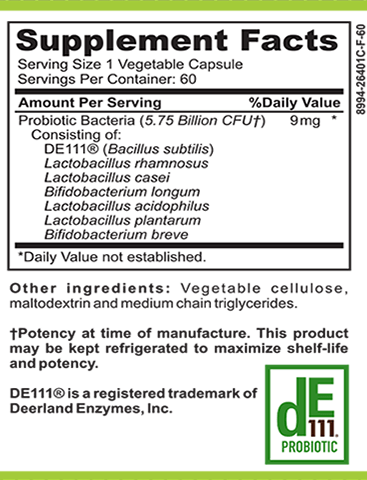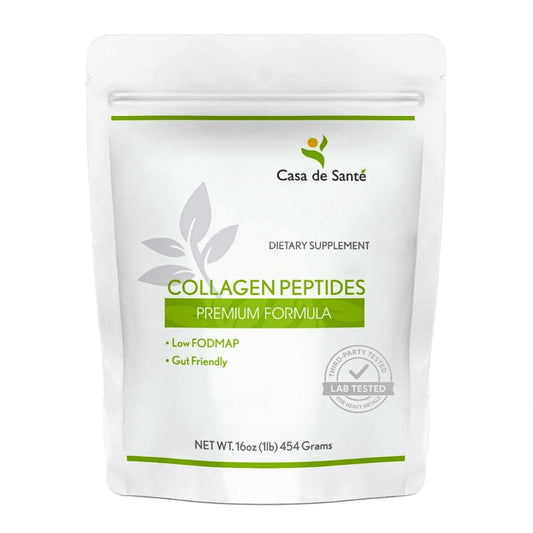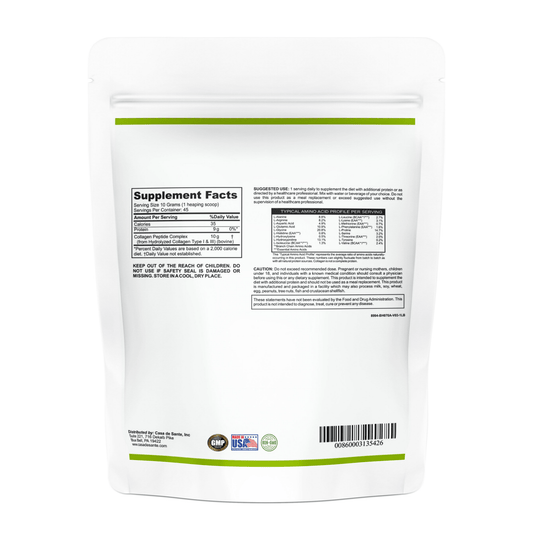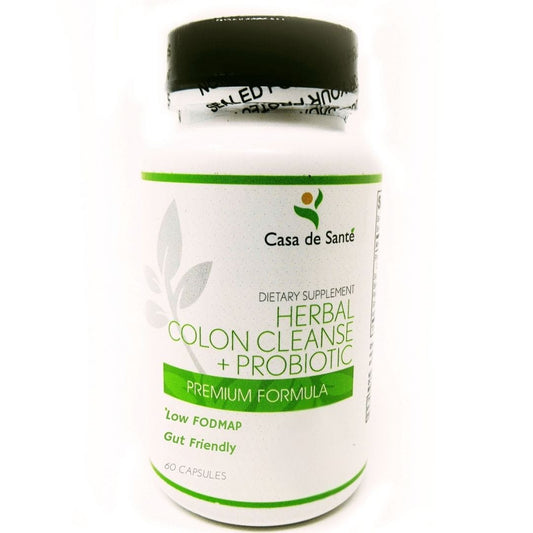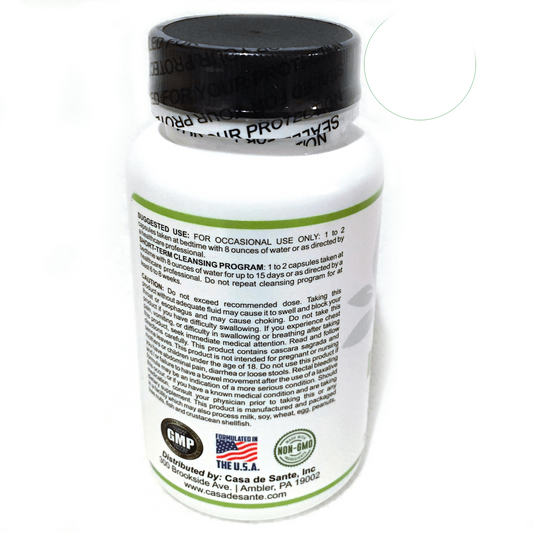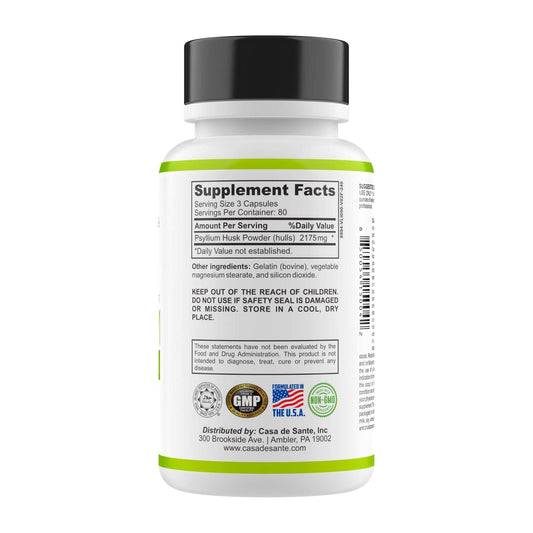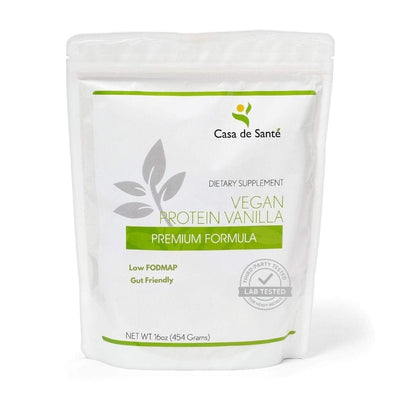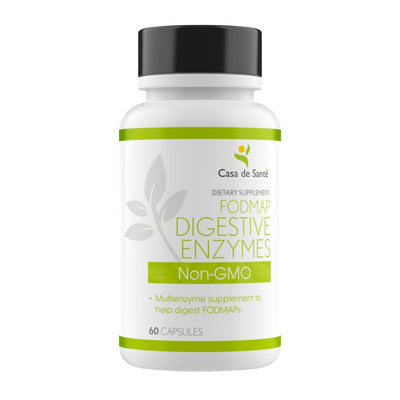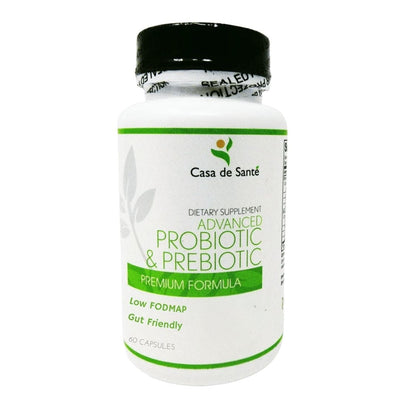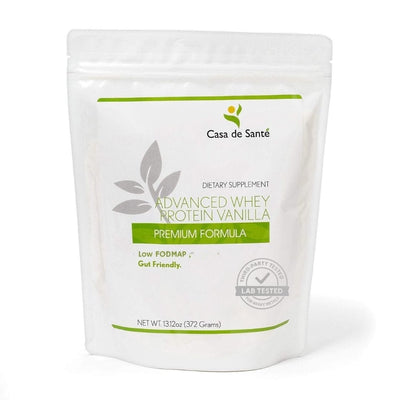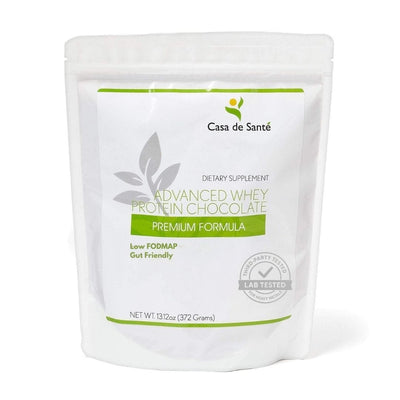PHA (Polyhydroxy Acid) in Skincare: Gentle Exfoliation, Hydration, and Benefits for Sensitive Skin
When it comes to gentle exfoliation, I’ve noticed more people turning to polyhydroxy acids or PHAs. These ingredients promise smoother, brighter skin without the harshness some exfoliants bring. With their larger molecular structure, PHAs are making waves as a gentler alternative for those with sensitive or reactive skin.
I get why there’s so much buzz. PHAs work on the skin’s surface, helping to sweep away dead cells and reveal a fresh glow. They’re also known for attracting moisture, so I don’t have to worry about my skin feeling tight or dry after use. If you’re curious about how PHAs fit into your routine or whether they’re the right choice for your skin type, you’re in the right place.
What Is PHA (Polyhydroxy Acid) in Skincare?
PHA, or polyhydroxy acid, refers to a group of water-soluble chemical exfoliants used in skincare. I recognize molecules like gluconolactone, lactobionic acid, and galactose in this class. Each molecule features multiple hydroxyl groups, which retain water and reduce skin irritation—an effect supported by the Journal of Cosmetic Dermatology (2018).
PHAs function as surface exfoliants. I find that these acids break down bonds between dead skin cells, helping to clear dull surface layers. PHAs possess larger molecular sizes compared to alpha hydroxy acids (AHAs) such as glycolic acid, so they penetrate the top layer of the skin more slowly and gently. For sensitive or compromised skin, this slow penetration means less stinging and minimal barrier disruption.
PHAs attract moisture from the environment and deliver humectant properties, making them beneficial for barrier protection. Skincare researchers have shown that regular use of PHAs boosts skin hydration and encourages a more luminous tone in a four-week study published in Dermatologic Therapy (2019). I also find that PHAs act as antioxidants, offering environmental protection to the skin barrier. For people with redness, flakiness, or conditions like eczema, PHAs tend to cause fewer side effects than stronger exfoliants.
How PHAs Work on the Skin
Polyhydroxy acids (PHAs) exfoliate and hydrate skin gently, making them ideal for sensitive or reactive types. I use PHAs to help support the skin’s natural renewal and moisture balance.
Key Mechanisms and Benefits
PHAs act by loosening the bonds between dead skin cells on the surface, which enables orderly exfoliation without aggressive stripping. Gluconolactone and lactobionic acid are two common PHAs that increase hydration by attracting and retaining water molecules within the skin. I notice fewer instances of redness and irritation because PHA molecules are larger than those in most chemical exfoliants, so they don’t penetrate as quickly or deeply. PHAs provide antioxidant protection, targeting oxidative stress from pollution or environmental exposure. Regular use supports even skin tone, strengthens barrier function, and improves radiance.
Differences Between PHAs, AHAs, and BHAs
PHAs, AHAs, and BHAs are all chemical exfoliants, but their effects on skin vary due to molecular structure and absorption rate. I find PHAs, with a molecular size larger than glycolic (AHA) or salicylic acid (BHA), act only on the outer stratum corneum, which significantly lowers the risk of stinging or post-inflammatory response. AHAs dissolve in water and work primarily on the surface, improving tone and texture for normal-to-dry skin types. BHAs, being oil-soluble, penetrate pores to address excess sebum and acne-related concerns in oily or acne-prone skin. PHAs combine gentle exfoliation with moisturizing and antioxidant support, offering a multi-functional approach for intolerant or medically-treated skin.
Benefits of Using PHA (Polyhydroxy Acid) in Skincare
I find that polyhydroxy acids (PHAs) offer several targeted benefits for improving skin health and appearance. PHAs combine gentle exfoliation with hydration and suit sensitive complexions.
Gentle Exfoliation
I rely on PHAs for mild yet effective exfoliation because their large molecular structure reduces penetration depth. Clinical data confirm that PHAs like gluconolactone or lactobionic acid break intercellular bonds in the stratum corneum, visibly smoothing roughness while avoiding surface trauma. Studies show consistent use results in fewer dry flakes and enhanced radiance without increased skin barrier disruption, even after eight weeks (source: International Journal of Cosmetic Science).
Hydration and Moisture Retention
I notice improved skin hydration when incorporating PHAs due to their humectant activity. Laboratory analyses indicate that molecules such as gluconolactone attract and hold water, supporting optimal moisture retention. This leads to softer and more supple skin after repeated application, as evidenced by reductions in transepidermal water loss (TEWL) reported in controlled trials. I observe minimal dryness or tightness, in contrast to traditional chemical exfoliants.
Suitability for Sensitive Skin
I recommend PHAs to those with sensitive, redness-prone, or reactive skin types. Research identifies their low irritation potential compared to AHAs or BHAs, which often cause stinging in individuals with barrier-compromised skin. I also see PHAs performing well in cases of eczema or rosacea, as published in peer-reviewed dermatology journals, because their barrier preservation and antioxidant support reduce reactivity and promote gradual renewal.
Potential Side Effects and Precautions
PHAs in skincare have a low irritation potential, yet some instances of sensitivity exist, particularly for individuals with compromised barriers. I notice that redness, mild stinging, and tingling sometimes occur after application, especially if I use multiple exfoliating acids sequentially.
Dryness, peeling, or flaking occasionally results when I apply high concentrations of PHAs or combine them with other strong actives like retinoids, vitamin C, or alpha hydroxy acids. Repeated overuse increases the risk of barrier disruption and minor inflammation.
Photosensitivity is uncommon with PHAs, since their surface-only action leads to less sensitivity than glycolic or lactic acid, but I still use sunscreen daily to minimize the risk of sun-induced pigmentation issues.
For individuals with eczema, rosacea, or severe barrier damage, I patch test a PHA product on a small facial area for several days before applying it across my whole face. If itching, burning, or swelling appears, I discontinue use immediately and consult a board-certified dermatologist.
When starting PHA-based exfoliants, I use them every third day, gradually increasing frequency as tolerated. I avoid using them on open wounds, recent cosmetic procedure sites, or highly inflamed skin to reduce complication risk.
How to Incorporate PHAs into Your Skincare Routine
Adding PHAs to my skincare routine starts with patch testing on a small area, especially if my skin shows signs of irritation or sensitivity. Clinical guidelines recommend beginning with low concentrations, such as 4% to 8% gluconolactone or lactobionic acid, then gradually increasing frequency as my skin adapts.
Applying a PHA-based toner or serum right after cleansing lets the active molecules work efficiently on the skin’s surface. I usually follow PHAs with hydrating ingredients like hyaluronic acid, glycerin, or ceramides to maximize moisture retention.
Using PHAs two to three times weekly suits most sensitive and redness-prone skin types, unless my dermatologist recommends different timing based on flare-ups, eczema, or rosacea. On alternating days, I combine gentle emollients and barrier-repair creams to support recovery and limit dryness or redness.
Avoiding simultaneous use with other potent exfoliants or prescription retinoids reduces the risk of stinging or barrier impairment. Morning routines that include PHAs finish with a broad-spectrum sunscreen, offering daily photoprotection, since exfoliated skin can show increased sensitivity to UV exposure.
PHAs fit seamlessly into routines for those seeking exfoliation with low irritation. I adapt usage based on my current skin condition, patch test when starting new formulas, and monitor for changes to avoid compounding sensitivity.
Recommended PHA Skincare Products
I focus on products that feature polyhydroxy acids in effective concentrations, pairing them with hydrating and barrier-supportive ingredients. For gentle exfoliation, I use a toner or serum containing 4% to 8% gluconolactone or lactobionic acid, which research supports as optimal for sensitive or redness-prone skin types. I choose water-based exfoliating lotions or hydrating gels when my goal is surface smoothing with minimal irritation risk. Examples of supporting actives include hyaluronic acid, ceramides, and panthenol, which help enhance the moisture-retaining effects of PHAs.
If my skin barrier feels compromised or highly reactive, I opt for a low-concentration daily moisturizer with PHAs combined with soothing agents like allantoin or centella asiatica. This approach offers gradual exfoliation and hydration without increasing my likelihood of redness or stinging. For targeted brightening, I sometimes use gel masks with PHAs, giving my skin short but effective exfoliating contact.
Here's a summary table of generic PHA product formats I rely on for evidence-based skin care:
| Product Type | PHA Content | Example Supporting Ingredients | Best Use Case |
|---|---|---|---|
| Toner or liquid exfoliant | 4%-8% | Hyaluronic acid, glycerin | Daily/bi-weekly, mild exfoliation |
| Gel or lotion moisturizer | 2%-6% | Ceramides, allantoin, peptides | Sensitive/dry skin hydration |
| Leave-on serum | 5%-10% | Panthenol, niacinamide | Gradual brightening, texture renewal |
| Wash-off gel mask | 10%-15% | Antioxidants, botanical extracts | Quick, non-irritating smoothness |
I patch test every new format, especially with higher acid percentages or when used alongside retinoids, vitamin C, or direct acids. I adapt texture and application frequency based on my skin's dryness or sensitivity, choosing richer moisturizers in cold weather and lighter liquids during humid months.
Key Takeaways
- PHAs (Polyhydroxy Acids) offer gentle exfoliation, making them ideal for sensitive, redness-prone, or reactive skin types.
- Their large molecular structure allows PHAs to work on the skin’s surface with minimal risk of irritation, stinging, or barrier disruption compared to AHAs and BHAs.
- PHAs act as effective humectants, attracting and retaining moisture for improved hydration and a softer, more supple complexion.
- In addition to exfoliating, PHAs provide antioxidant protection, helping to defend the skin against environmental stressors.
- To maximize benefits and minimize side effects, start with low concentrations, patch test new products, and gradually increase usage frequency.
- Avoid using PHAs with strong exfoliants or retinoids simultaneously, and always follow with broad-spectrum sunscreen during the day.
Conclusion
Exploring PHAs has changed the way I approach gentle exfoliation and hydration in my skincare routine. With their unique ability to smooth and protect sensitive skin PHAs offer a flexible solution that fits a variety of needs and skin types.
I find that listening to my skin and adjusting my usage makes all the difference. If you’re looking for a multi-tasking ingredient that respects your skin barrier PHAs are definitely worth considering.
